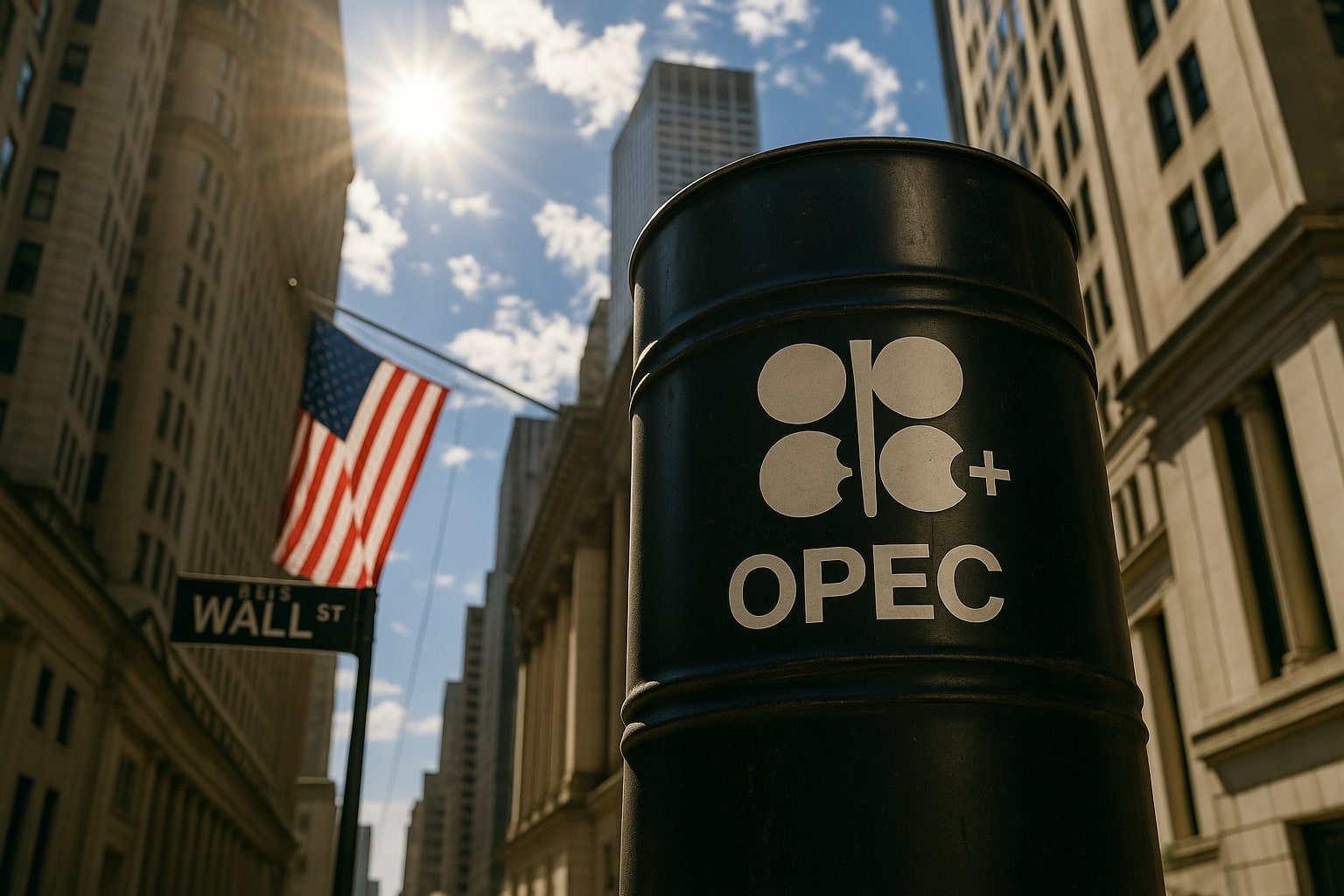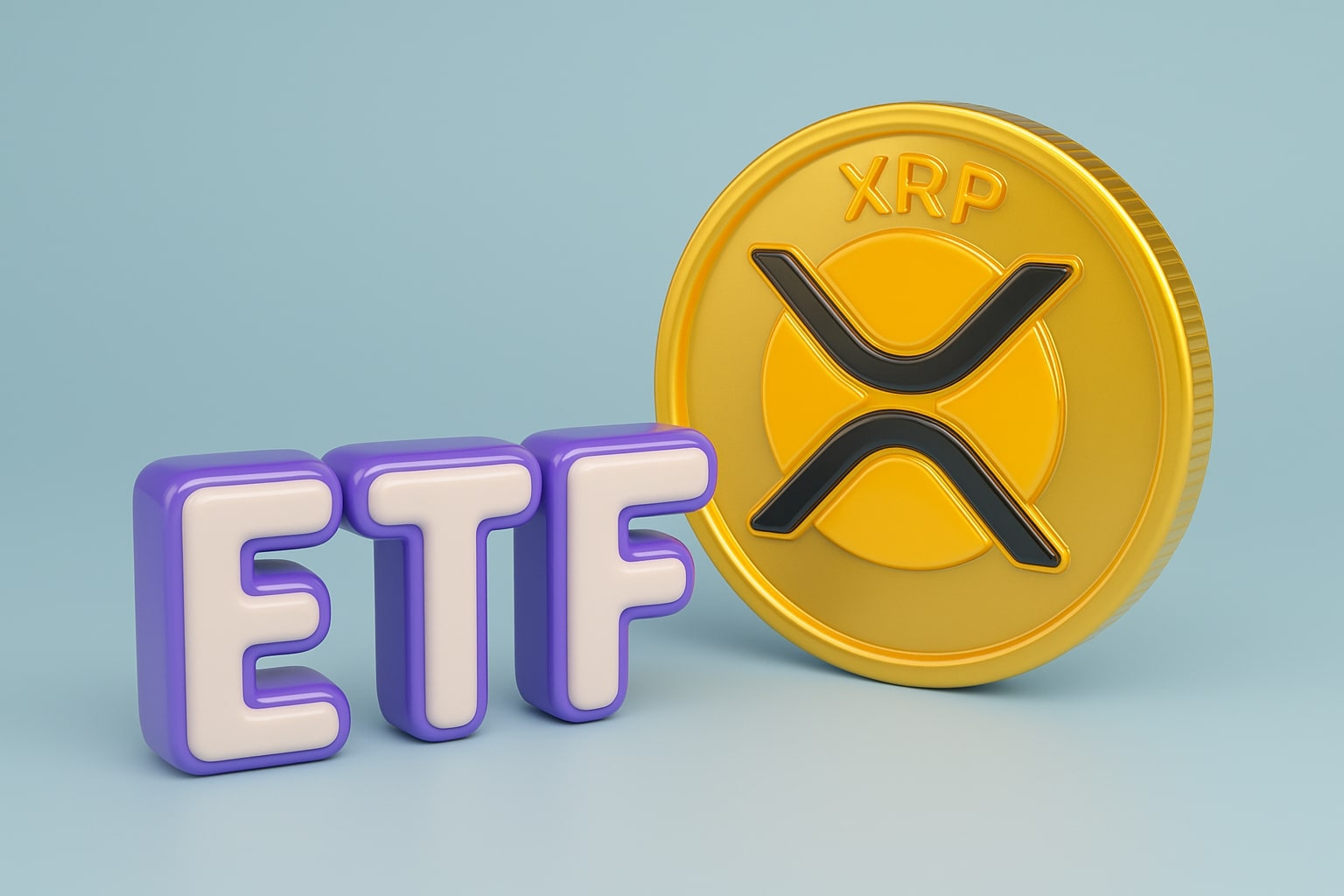Regional Developments: Argentina’s Vaca Muerta and African Offshore Investments
Argentina’s Vaca Muerta shale basin, which accounts for 64% of national oil output, has hit a slowdown as benchmark prices near $65 slash profitability. Drilling activity in the Neuquén Basin declined for three consecutive months, and costs remain 35–40% higher than the U.S. Permian. YPF plans to double its rig count to 19 by 2026, but financing constraints threaten timelines. Meanwhile, in Africa, Galp Energia (GALP.LS) entered a deal with Shell (RDSA) and Petrobras (PBR) to acquire 27.5% of Block 4 offshore São Tomé and Príncipe, underscoring how majors seek low-cost frontier exposure while high-cost shale projects stall.
Technical View: WTI CL=F and Brent BZ=F Stay in Downtrend Channel
From a chart perspective, WTI CL=F continues to oscillate between $60.80 and $62.20, a tight consolidation inside the lower band of its descending channel. A breakout above $62 could invite a test of the 50-day EMA near $65, but momentum remains weak. Brent BZ=F shows similar behavior, struggling to hold above $65, with $69 forming a heavy resistance ceiling. Short-term rallies have repeatedly been met with selling pressure, confirming that institutional flows remain positioned for lower prices. Traders describe the market as “fade-the-rally,” reflecting skepticism that demand will tighten meaningfully before 2026.
Market Sentiment and Interest-Rate Linkages Add to Bearish Bias
Beyond supply mechanics, macro factors are undermining crude. High global interest rates—anchored by the Federal Reserve’s upper-bound 5.5% rate—increase carrying costs for inventories and pressure emerging-market consumption. Analysts at ING and BofA warn that if rates stay elevated through mid-2026, Brent could briefly test the $58 handle. The International Energy Agency estimates non-OPEC production growth at 1.9 million bpd in 2025, largely from the U.S., Brazil, and Canada, further depressing the risk-premium component once associated with Middle East tension.
Investor Outlook: WTI (CL=F) and Brent (BZ=F) — Bearish Bias, Sell on Rallies
All indicators converge on a market oversupplied and technically heavy. With WTI at $61.49 and Brent at $65.18, the current levels sit well below the fiscal breakevens required for most OPEC members and corporate cash-flow targets for Big Oil. As long as global inventories expand and demand projections soften, any short-term bounce toward $65–$67 WTI or $69–$70 Brent is likely to attract renewed selling. The structural oversupply, rising U.S. output, and shrinking capital discipline among producers justify a bearish stance—Sell on rallies, with downside risk toward $58 Brent and $55 WTI in the next quarter if OPEC+ fails to tighten supply more aggressively.




















